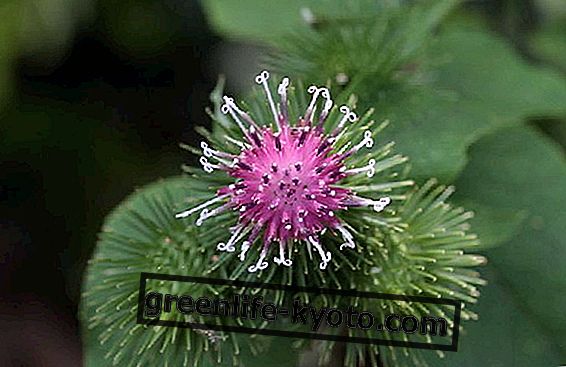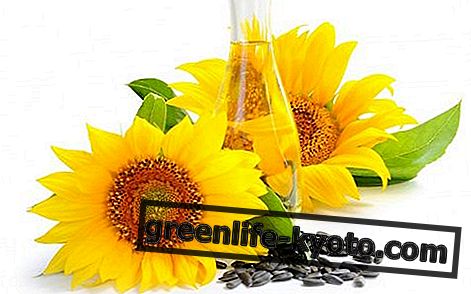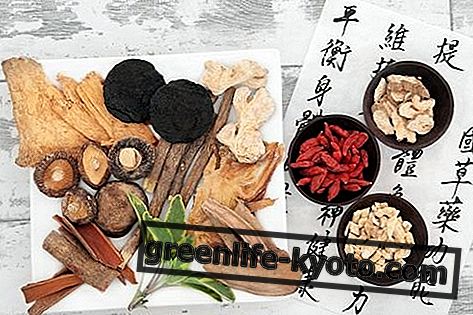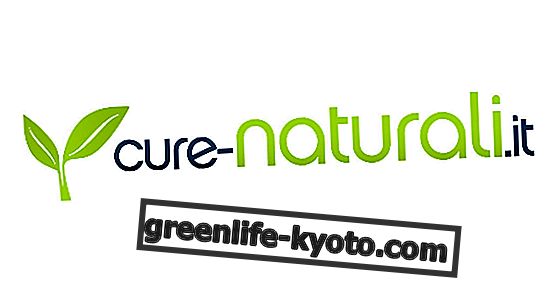
What is the uretero
Erigeron Canadensis is its botanical name and belongs to the Composite or Asteraceae family; it is a weed with a "hairy" stem that can reach up to a meter and a half or two in height.
As the name indicates, the plant is native to North America and was subsequently imported into Europe, including Italy, where it is seen growing up to 1000 meters in height .
The uretero plant is often seen in the fields, developing strongly especially in northern Italy, where it stands out strongly with its stems and flower heads of white-yellowish spring flowers grouped all around almost forming a kind of panicle.
Properties of the erectus and use
The properties of the uretero are well known in the popular tradition: thanks to its constituents - tannin, resins, gallic acid, essential oil - they include diuretic, purifying, vermifuge, anti-inflammatory and anti-hemorrhagic properties . However, it must be admitted that reports are not currently available or adequate phytotherapeutic controlled trials are not reported.
The flowered florets and the leaflets are gathered in July-August and are dried upside down in a shady and ventilated spot; then they are preserved in cans or cloth bags and can be used to make herbal teas or decoctions, which take on a characteristic odor, vaguely similar to cumin, and a rather bitter taste.
Usually we recommend a couple of cups a day prepared with a couple of grams of flowering tops in 100 ml of water; however, it is always a good idea to ask an expert for confirmation of the methods and doses of administration.
It can also be found on the market in the form of fluid extract or mother tincture.
Benefits of the arterial and contraindications
It is an ideal plant for those suffering from rheumatism and related rheumatic pains, arthritis, cystitis, gout and other pathologies; the urethra helps, through the stimulation of diuresis, to eliminate the nitrogenous waste from the body. It is also considered indicated in cases of diarrhea or as an adjunct to defeat cellulite.
In phytotherapy literature, no particular contraindication is reported, scrupulously following the therapeutic doses indicated by a specialist. The only thing to watch out for is individual hypersensitivity to the components .
Curiosity : attention to knowing how to recognize the hardy when you want to go and collect it in the fields! Know that, as in good country tradition, the younger leaves are also used raw in salads and the adult ones in soups.
Reference books : "Scents and flavors of the past" by Cristian Bonaldi; "The 100 herbs of health".













